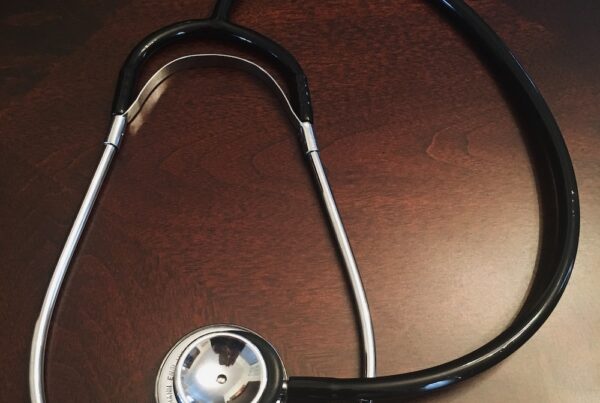
Pancreatitis: An Overview
September 23, 2020
Pancreatitis: An Overview
Pancreatitis is an inflammation of the pancreas. It can be either acute or chronic, and…





Recent Comments